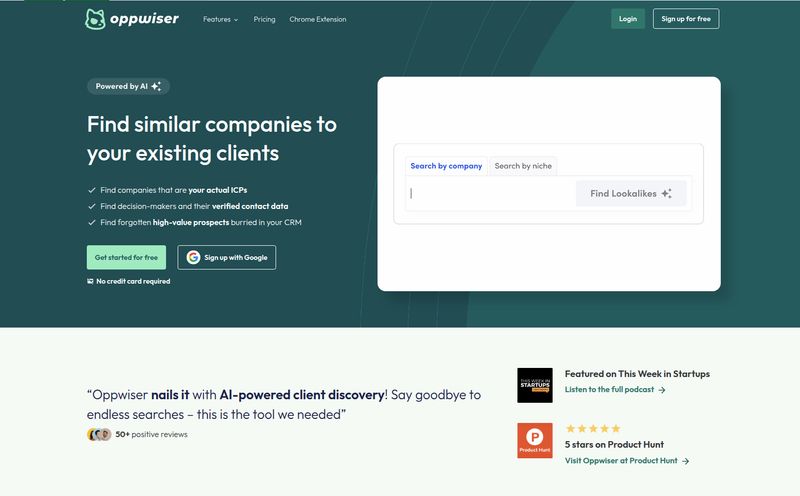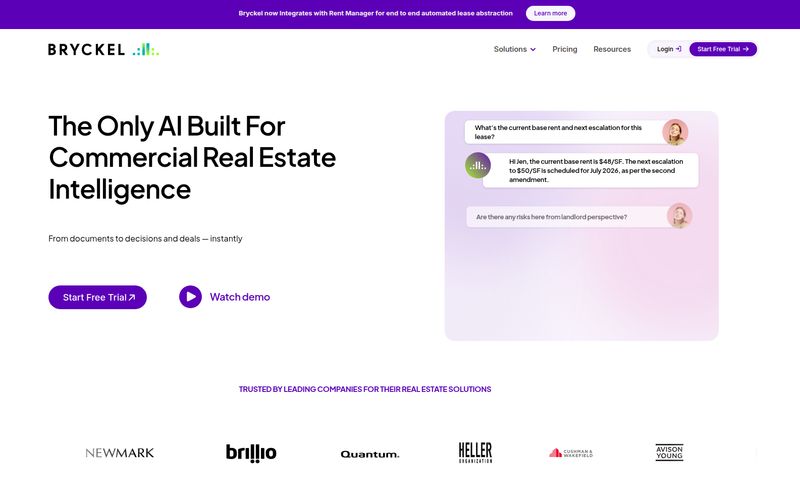If you're in marketing, SEO, or you run a business, you've been there. You have a brilliant idea that hinges on knowing your audience. Really knowing them. Not just guessing their favorite color, but understanding where they live, their income, their education. You need demographic data.
So you head over to the U.S. Census Bureau website, feeling optimistic. And then... it hits you. A labyrinth of tables, filters, and acronyms that make your head spin. ACS, UCR, FIPS codes... it's a mess. You either spend the next three hours wrestling with the interface or you go bother your one data analyst friend who groans because they know you're about to ask them to write a SQL query. Again.
This is the exact headache that tools like Census GPT promise to cure. The pitch is simple, almost magical: ask a question in plain English, get a clear answer from massive government databases. No code, no spreadsheets, no tears. Sounds amazing, right? As a data-driven SEO, I’ve seen dozens of tools come and go, but the idea of conversational data analysis... that gets my attention. So, I decided to check it out.
So What Exactly is Census GPT?
At its core, Census GPT is (or was) designed to be a natural language interface for U.S. demographic data. Think of it like a translator. Instead of you having to learn the complex, rigid language of databases (SQL), you just speak your own language, and it does the hard work behind the scenes.
You could theoretically ask it something like, "What are the top 10 US counties with the highest median household income?" or "Show me the population of people aged 25-34 in Phoenix, Arizona."
The tool claims to pull information from some pretty hefty sources, namely the American Community Survey (ACS) and the FBI's Uniform Crime Reporting (UCR) Program. This means you're getting access to data on population, income, education levels, and even crime statistics. For a marketer trying to identify an up-and-coming neighborhood or a journalist writing a local story, that's pure gold. It’s the kind of information that gives your campaigns real, tangible grounding.

Visit Census GPT
My Firsthand Experience Trying to Use the Tool
And here’s where our story takes a turn. Full of curiosity, I navigated to the tool's website, my mind already buzzing with questions I wanted to ask for a local SEO client. I was ready to see the magic happen. And I was greeted with... a 404 Not Found error.
An "Unexpected Application Error."
Yep. The tool was down. Maybe for good. And you know what? I wasn't even that surprised. This is the wild west of AI right now. We're in a gold rush, and for every successful, stable tool that launches, there are a dozen brilliant, promising projects that flicker and die out. It's the "move fast and break things" ethos in real-time. It’s a bit of a bummer, for sure, but it's also a valuable lesson for all of us relying on the latest tech: always have a backup plan.
The Powerful Idea of No-SQL Data Analysis
Even though I hit a digital dead-end, the concept behind Census GPT is more important than ever. Democratizing data is a huge deal. For years, deep market research was reserved for companies with big budgets and dedicated data science departments. A tool that lets anyone get meaningful answers is a game-changer.
Think about it. A small coffee shop owner could ask, "What's the average income in a 5-mile radius of my store?" to better price a new menu. A content creator could check, "Which states have the most college graduates?" to tailor their educational content. In my world, I could quickly find zip codes with high population density but low competition for a service-area business. This isn't just about convenience; it’s about leveling the playing field.
The Potential Strengths of Such a Tool
Let's imagine for a moment that the tool was working perfectly. What would the big wins be? Based on the premise, there are a few clear advantages.
First and foremost, its accessibility. The biggest barrier to data analysis isn't a lack of data—it's a lack of skills to access it. Removing the SQL requirement opens the door for so many more people to make data-informed decisions. It's the difference between being handed a locked treasure chest and being handed the key. Another major benefit is speed. The traditional process of finding, downloading, cleaning, and analyzing a dataset can take hours, if not days. A natural language tool could give you an 80% good-enough answer in seconds. That's incredibly powerful for initial research or just satisfying a quick curiosity.
The Realistic Downsides and Limitations
Of course, no tool is perfect. And for this type of platform, there are some serious gotchas to keep in mind.
The most glaring one is data freshness. The information provided stated that Census GPT uses 2021 ACS and 2019 UCR data. In the fast-moving world we live in, that's practically ancient history. Think about all the demographic shifts that have happened since 2021! It’s a good starting point, but you can’t base a cutting-edge business strategy on three-year-old data. It's a snapshot, not a live feed.
Then there's the limited scope. The data is only for the USA and is restricted to a few specific categories. If you need international data, consumer spending habits, or healthcare statistics, you'd have to look elsewhere. It’s a specialized tool, not an all-in-one data solution.
Finally, there's the 'black box' issue. When you ask a question, you're trusting the AI to interpret it correctly and pull the right numbers. For a quick blog post statistic, that's probably fine. For a major business investment? I'd still want a human expert to verify the results. Just to be safe.
What's the Price Tag on This?
This is the million-dollar question, isn't it? As far as I could find, there was no public pricing for Census GPT. Given its experimental nature and current offline status, it was likely a free, beta project. This is common for new AI tools looking to build a user base and work out the kinks before trying to monetize. If it, or something like it, were to launch officially, I'd expect a tiered subscription model, probably with a free tier for a limited number of queries.
Final Thoughts on the Dream of Conversational Data
So, where does that leave us with Census GPT? It feels like a glimpse of a fantastic future that hasn't quite arrived yet. The tool itself might be a ghost in the machine for now, a casualty of the fast-paced AI development cycle.
But the idea? The idea is brilliant and very much alive. The demand for simple, conversational data tools is only going to grow. While Census GPT may not have been the one, it's a clear signpost for where we're headed. The dream of simply talking to data is getting closer to reality, and as an SEO, I am absolutely here for it. We just need to be patient... and maybe keep that data analyst friend on speed dial for a little while longer.
Frequently Asked Questions
What was Census GPT supposed to be?
Census GPT was a tool designed to let users analyze U.S. census and crime data using normal, conversational questions, eliminating the need for complex database languages like SQL.
Do I need to know SQL to use a tool like Census GPT?
No, and that's the main appeal. The entire point of natural language query tools is to remove the coding barrier, making data accessible to marketers, researchers, and business owners without a technical background.
What kind of data could you access?
It was built to query U.S.-based data on demographics, including population, income, and education levels from the American Community Survey (ACS), as well as crime statistics from the Uniform Crime Reporting (UCR) program.
Is Census GPT still available to use?
As of this writing, the tool appears to be offline and displays a "404 Not Found" error. It may be a defunct project, which is common for many new AI tools in the development phase.
Was Census GPT a free tool?
There was no official pricing, which strongly suggests it was a free beta or experimental project. Most tools in this category eventually adopt a subscription model if they achieve a stable release.
Are there any good alternatives to Census GPT?
Yes, while maybe not as simple, the U.S. Census Bureau's own data portal (data.census.gov) is the direct source and has become more user-friendly over time. For more advanced analysis, tools like Tableau or Power BI can connect to various data sources, but they do have a steeper learning curve.
Reference and Sources
- U.S. Census Bureau - American Community Survey (ACS)
- FBI - Uniform Crime Reporting (UCR) Program
- Official U.S. Census Data Portal



